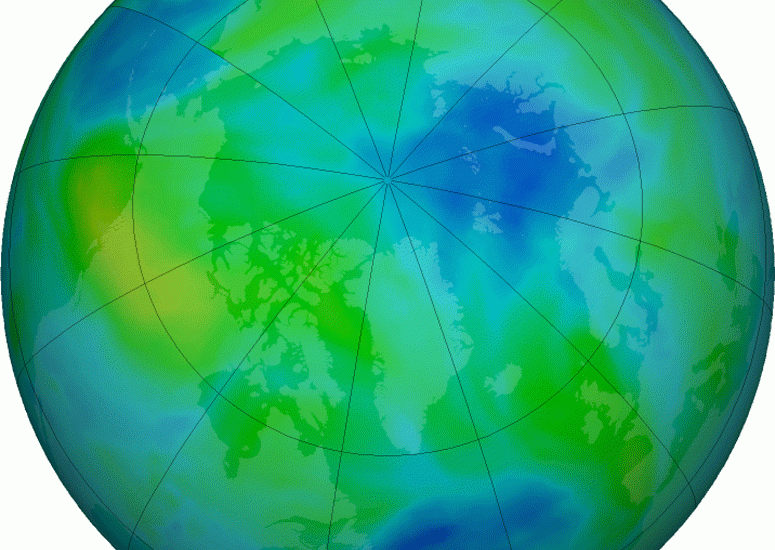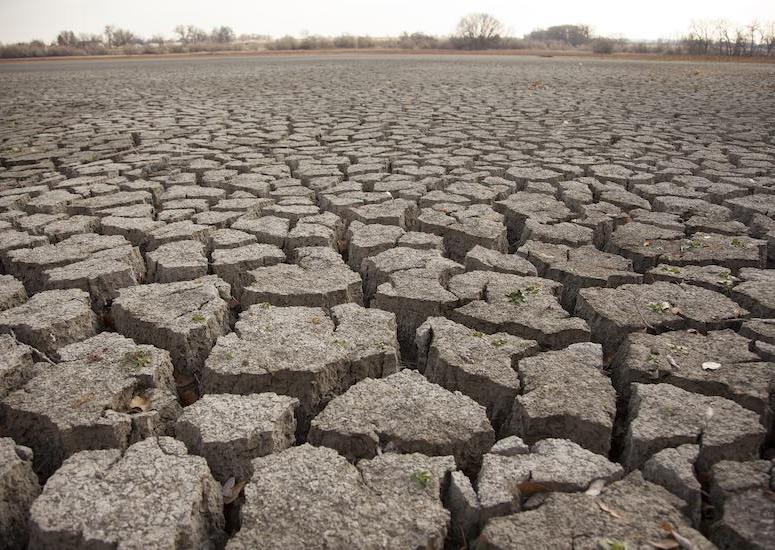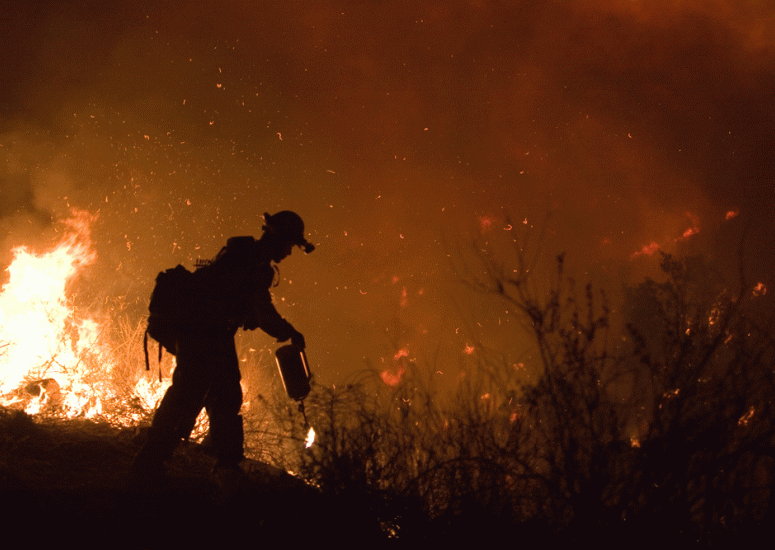-

Protecting the ozone layer is delivering vast health benefits
International agreements to protect the ozone layer have been so successful that they will prevent an estimated 443 million cases of skin cancer and 63 million cataract cases for people born in the United States through the end of this century, according to new research.
- Air Quality,
- Climate
-
New research reveals 2010 Montreal Protocol prevented rapid acceleration of climate change
According to a new study published in the journal Nature, the global ban of chlorofluorocarbons and other ozone-depleting substances prescribed by the 1987 Montreal Protocol and its subsequent amendments has prevented the eventual collapse of the ozone layer, thereby shielding vegetation from harmful ultraviolet radiation.
- Air Quality
-

Drought and heat wave experts available to explain research and potential impacts
As areas across North America experience record-setting heat waves and face extended periods of drought, scientists at the National Center for Atmospheric Research (NCAR) are working to better understand and predict these extreme weather and climate events that impact human health and well-being.
- Air Quality,
- Climate,
- Weather
-

Wildfire experts available to explain fire behavior, potential impacts
Wildfire experts are available to discuss a range of topics, from wildfire prediction to the role of climate change and the impacts of emissions.
- Air Quality,
- Climate,
- Weather
-
Scientists decipher mechanism for formic acid formation
An international team of researchers has determined the chemical processes behind the formation of atmospheric formic acid, which will lead to improved weather and climate models.
- Air Quality

